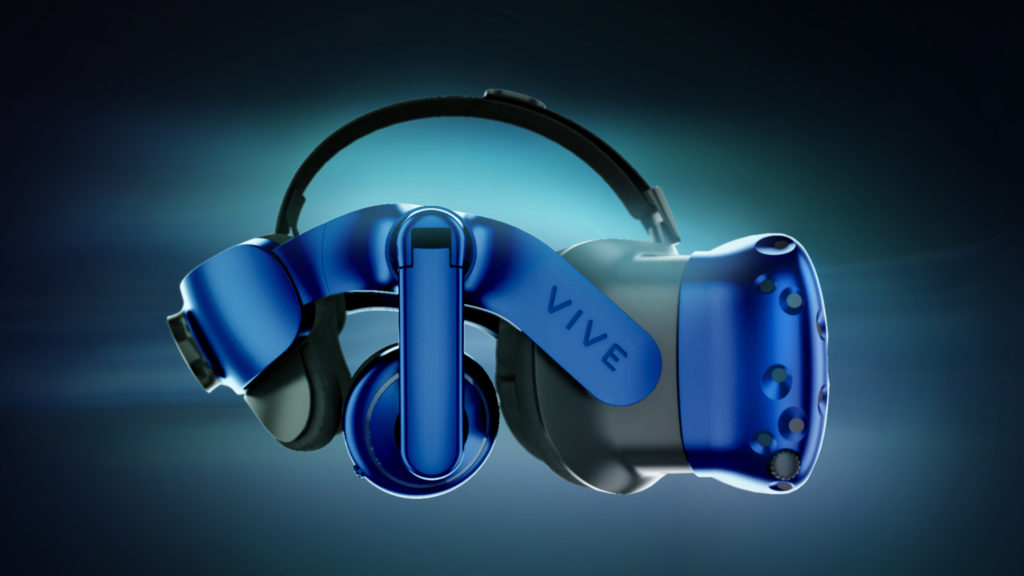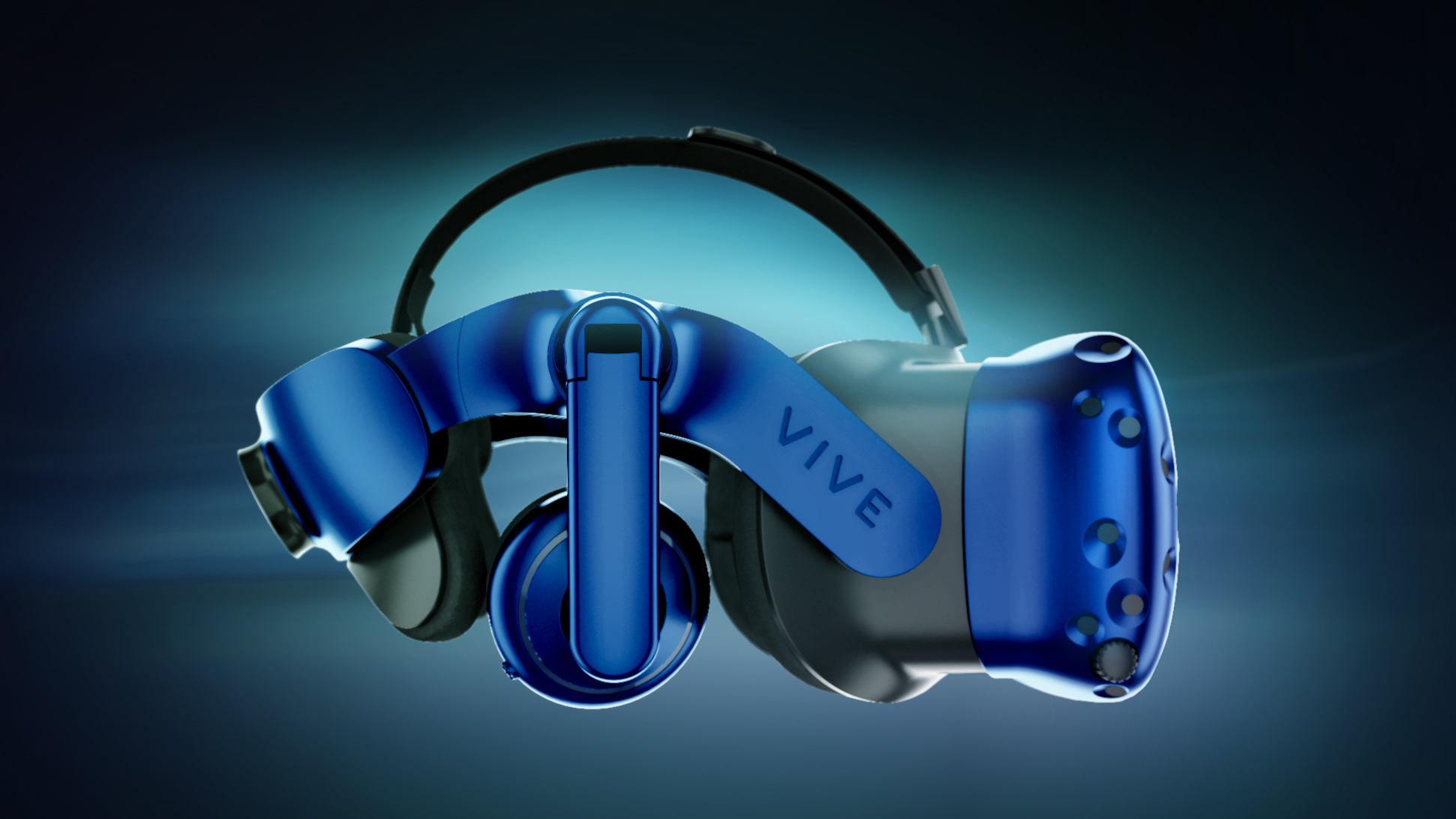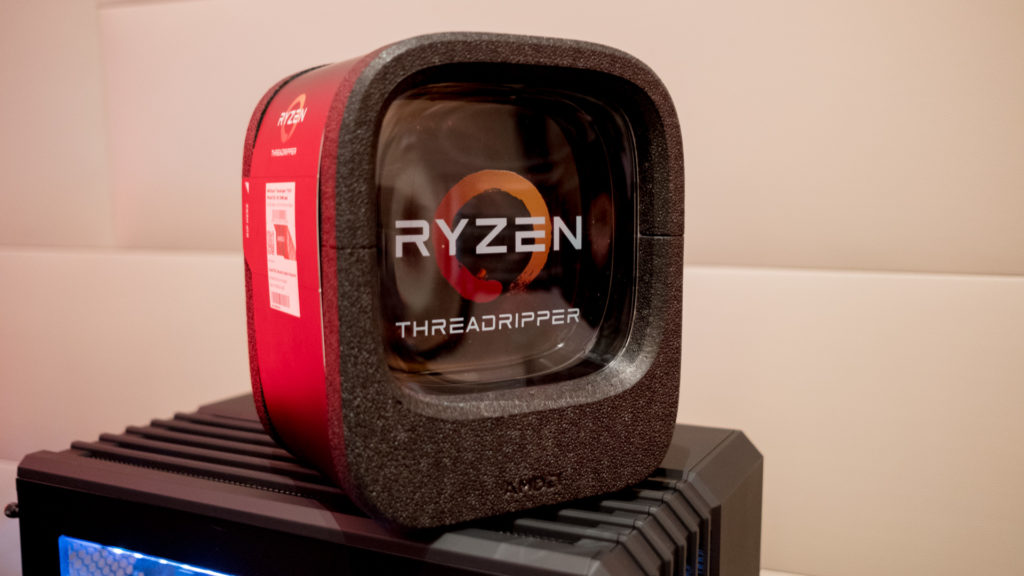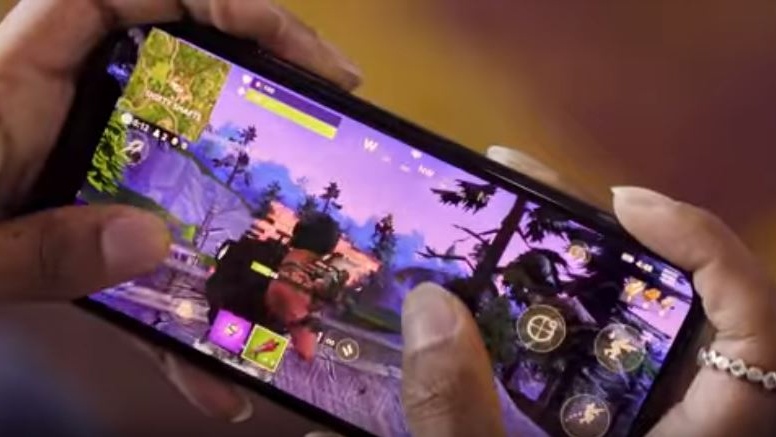
By Joe Osborne
VR, or virtual reality, has all but become a buzzword in the homes of millions since the Oculus Rift and HTC Vive PC headsets landed in 2016. If these headsets haven’t sold but a fraction of, say, the PS4 or even Xbox One consoles in the same time frame, how did this happen?
For one, it’s the novelty of a term that’s been in the public consciousness for decades now finally coming to fruition. It’s also thanks to mass market products, like the Samsung Gear VR and Google Cardboard, spreading the word like wildfire.
However, if it weren’t for the high-power VR experiences made possible by these first tethered, PC-bound headsets, we wouldn’t be here talking about the VR craze.
Now, thanks to companies like DisplayLink, headset makers like HTC are catching up to the graphically-inferior (but mass appeal), wireless products with full-power wireless VR. The HTC Vive Pro elevates this concept with even sharper screens and digital surround sound audio in addition to wireless signal transmission from a PC through DisplayLink.
So, how did the two companies manage this together, and what’s next for wireless VR of the highest power?
“The endgame for us has always been to have wireless …read more
Source:: techradar.com – Gaming

 Previous post
Previous post
 Next post
Next post